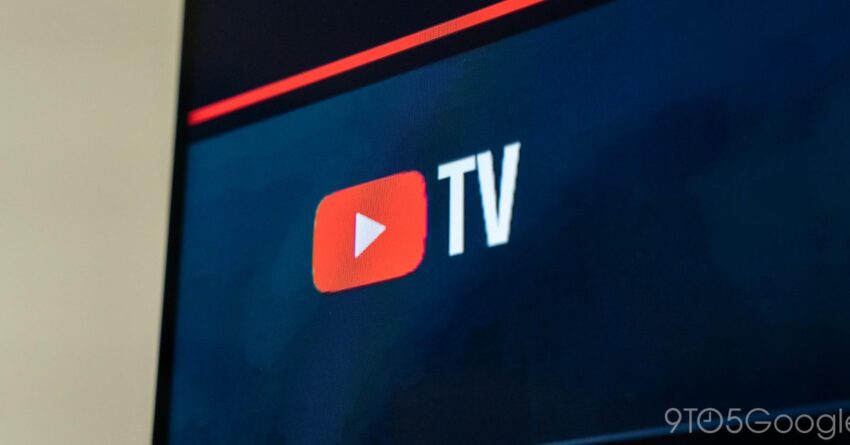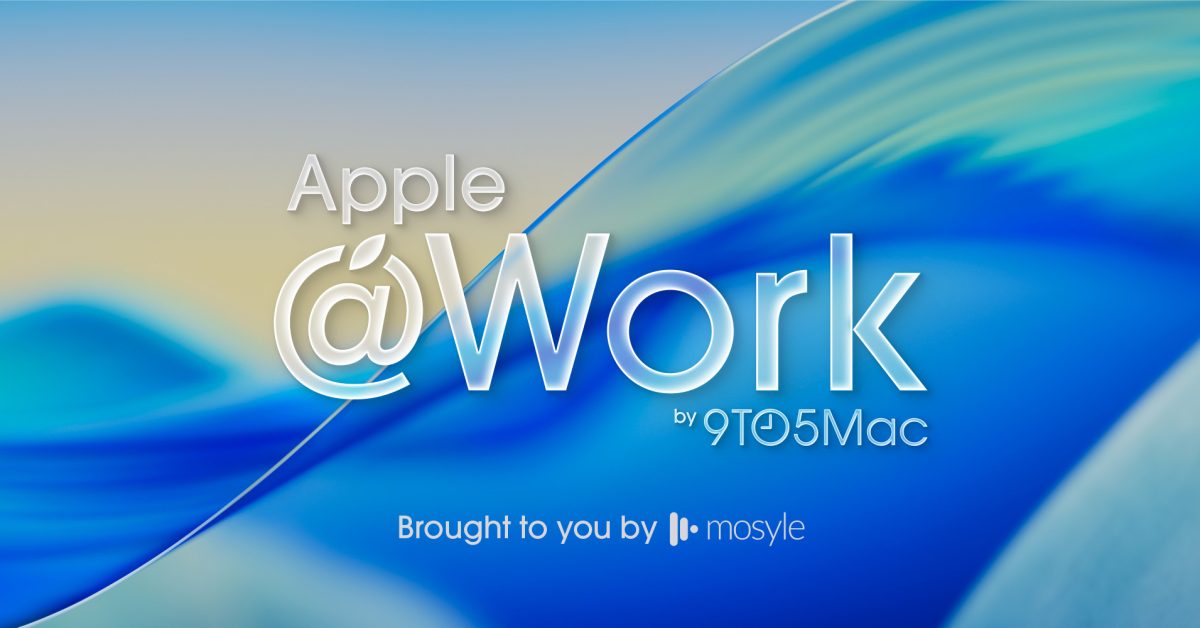
youtube tv reportedly rolling out 20 credit YouTube TV is preparing to issue a $20 credit to subscribers on November 9 if a deal with Disney is not finalized by that date.
youtube tv reportedly rolling out 20 credit
Background of the Dispute
The ongoing conflict between YouTube TV and Disney has raised concerns among subscribers regarding the availability of popular channels. This dispute stems from negotiations over carriage fees, which are the payments that cable and streaming services make to networks to carry their channels. As these fees continue to rise, streaming services like YouTube TV are increasingly finding it challenging to maintain competitive pricing while offering a comprehensive channel lineup.
Disney owns a variety of channels that are crucial to many viewers, including ESPN, ABC, and Disney Channel. The loss of these channels could significantly impact YouTube TV’s value proposition, especially for sports fans and families. The current negotiations have been characterized by a lack of transparency, leaving subscribers in the dark about the potential outcomes.
The $20 Credit Announcement
According to reports, YouTube TV has committed to providing a $20 credit to subscribers if the dispute extends beyond a certain point. This credit is intended to compensate users for the inconvenience of losing access to Disney-owned channels. The rollout of this credit is reportedly set for November 9, which is a critical date in the ongoing negotiations.
This move is seen as a strategic effort by YouTube TV to retain subscribers during a tumultuous period. By offering financial compensation, the service aims to mitigate dissatisfaction among users who may consider canceling their subscriptions if their favorite channels are removed from the lineup.
Implications for Subscribers
The $20 credit could serve multiple purposes for YouTube TV. Firstly, it acts as a goodwill gesture to reassure subscribers that the company values their loyalty and is aware of the inconvenience caused by the ongoing negotiations. Secondly, it may help to prevent a mass exodus of subscribers who might otherwise seek alternative services that offer Disney channels.
For subscribers, the credit represents a tangible acknowledgment of their concerns. Many users have expressed frustration over the rising costs of streaming services, especially when they feel they are not receiving the full value of their subscriptions. The credit could ease some of these frustrations, at least temporarily, while negotiations continue.
Stakeholder Reactions
The reactions from various stakeholders in this dispute have been mixed. Subscribers have taken to social media platforms to voice their opinions, with many expressing disappointment over the ongoing negotiations. Some users have stated that they would consider switching to other streaming services if Disney channels are not available, while others appreciate the $20 credit as a form of compensation.
Disney, on the other hand, has remained relatively quiet regarding the negotiations. The company has historically been firm in its stance on carriage fees, often prioritizing its financial interests over subscriber concerns. This approach has led to similar disputes with other streaming services in the past, raising questions about Disney’s willingness to negotiate in good faith.
YouTube TV’s Strategy
YouTube TV’s decision to offer a credit reflects a broader trend in the streaming industry, where companies are increasingly focused on customer retention. As competition intensifies, services are looking for ways to differentiate themselves and maintain subscriber bases. Offering credits or discounts during disputes is one tactic that has emerged as a way to keep users engaged and satisfied.
In addition to the credit, YouTube TV has also been working to enhance its overall service offering. This includes expanding its channel lineup, improving user interface features, and investing in original content. These efforts are aimed at creating a more compelling value proposition for subscribers, especially in light of ongoing disputes with major networks.
Potential Outcomes of the Negotiations
The outcome of the negotiations between YouTube TV and Disney remains uncertain. If a deal is reached before November 9, subscribers will likely not see the $20 credit, and access to Disney channels will be restored. However, if negotiations drag on, the credit will be issued, and subscribers will have to weigh their options moving forward.
In the event that Disney channels are removed from YouTube TV, subscribers may experience a significant shift in their viewing habits. Many families rely on Disney programming for children’s entertainment, while sports fans depend on ESPN for live events. The absence of these channels could lead to a decline in user satisfaction and an increase in cancellations.
Market Dynamics
The broader streaming landscape is also a factor in these negotiations. As more viewers shift away from traditional cable to streaming services, the competition among platforms has intensified. Companies like Hulu, Sling TV, and FuboTV are also vying for subscribers, and the loss of Disney channels could make YouTube TV less competitive in this crowded market.
Moreover, the financial implications of these negotiations extend beyond just subscriber retention. Carriage fees are a significant revenue source for networks like Disney, and any disruption in these agreements could have long-term financial consequences for both parties. YouTube TV must navigate these complexities while ensuring that it remains an attractive option for consumers.
Looking Ahead
The situation between YouTube TV and Disney is a reminder of the challenges facing the streaming industry as it evolves. As networks seek to maximize revenue through higher carriage fees, streaming services must balance these costs with the need to provide value to subscribers. The ongoing negotiations will likely set a precedent for future dealings between streaming platforms and content providers.
As the November 9 deadline approaches, subscribers will be closely monitoring the situation. The $20 credit may serve as a temporary solution, but the long-term viability of YouTube TV will depend on its ability to secure a favorable deal with Disney. If negotiations fail, the repercussions could be significant, not only for YouTube TV but also for the broader streaming landscape.
Conclusion
The conflict between YouTube TV and Disney underscores the complexities of the modern streaming ecosystem. As both parties navigate their interests, subscribers are left to grapple with the uncertainty of channel availability and pricing. The forthcoming $20 credit may provide some relief, but the resolution of this dispute will ultimately determine the future of YouTube TV as a competitive player in the streaming market.
Source: Original report
Was this helpful?
Last Modified: November 9, 2025 at 7:36 pm
3 views















